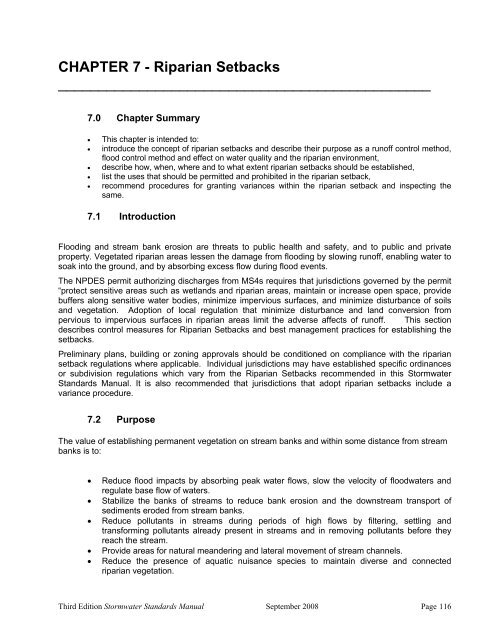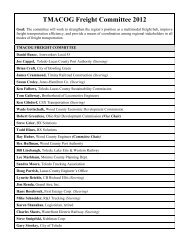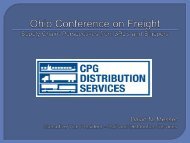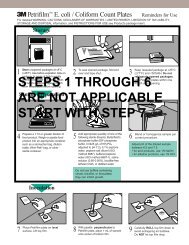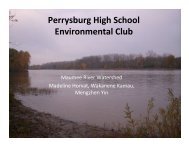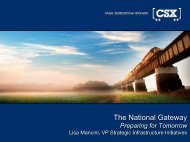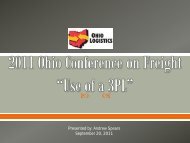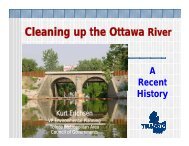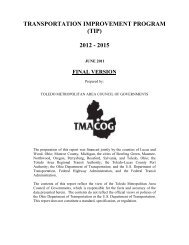Stormwater Management Standards Manual - Toledo Metropolitan ...
Stormwater Management Standards Manual - Toledo Metropolitan ...
Stormwater Management Standards Manual - Toledo Metropolitan ...
You also want an ePaper? Increase the reach of your titles
YUMPU automatically turns print PDFs into web optimized ePapers that Google loves.
CHAPTER 7 - Riparian Setbacks<br />
______________________________________________<br />
7.0 Chapter Summary<br />
• This chapter is intended to:<br />
• introduce the concept of riparian setbacks and describe their purpose as a runoff control method,<br />
flood control method and effect on water quality and the riparian environment,<br />
• describe how, when, where and to what extent riparian setbacks should be established,<br />
• list the uses that should be permitted and prohibited in the riparian setback,<br />
• recommend procedures for granting variances within the riparian setback and inspecting the<br />
same.<br />
7.1 Introduction<br />
Flooding and stream bank erosion are threats to public health and safety, and to public and private<br />
property. Vegetated riparian areas lessen the damage from flooding by slowing runoff, enabling water to<br />
soak into the ground, and by absorbing excess flow during flood events.<br />
The NPDES permit authorizing discharges from MS4s requires that jurisdictions governed by the permit<br />
“protect sensitive areas such as wetlands and riparian areas, maintain or increase open space, provide<br />
buffers along sensitive water bodies, minimize impervious surfaces, and minimize disturbance of soils<br />
and vegetation. Adoption of local regulation that minimize disturbance and land conversion from<br />
pervious to impervious surfaces in riparian areas limit the adverse affects of runoff. This section<br />
describes control measures for Riparian Setbacks and best management practices for establishing the<br />
setbacks.<br />
Preliminary plans, building or zoning approvals should be conditioned on compliance with the riparian<br />
setback regulations where applicable. Individual jurisdictions may have established specific ordinances<br />
or subdivision regulations which vary from the Riparian Setbacks recommended in this <strong>Stormwater</strong><br />
<strong>Standards</strong> <strong>Manual</strong>. It is also recommended that jurisdictions that adopt riparian setbacks include a<br />
variance procedure.<br />
7.2 Purpose<br />
The value of establishing permanent vegetation on stream banks and within some distance from stream<br />
banks is to:<br />
• Reduce flood impacts by absorbing peak water flows, slow the velocity of floodwaters and<br />
regulate base flow of waters.<br />
• Stabilize the banks of streams to reduce bank erosion and the downstream transport of<br />
sediments eroded from stream banks.<br />
• Reduce pollutants in streams during periods of high flows by filtering, settling and<br />
transforming pollutants already present in streams and in removing pollutants before they<br />
reach the stream.<br />
• Provide areas for natural meandering and lateral movement of stream channels.<br />
• Reduce the presence of aquatic nuisance species to maintain diverse and connected<br />
riparian vegetation.<br />
Third Edition <strong>Stormwater</strong> <strong>Standards</strong> <strong>Manual</strong> September 2008 Page 116


